
Facts 25/07/2025 09:30
The Unpleasant Truth: 5 Familiar Items That You Think Are Clean But Are NOT, The Dirtiest Is Number 4 That Everyone Uses

With proper and regular cleaning, you can keep your health and the items you use every day safe.
Many everyday items look shiny and clean but are actually a breeding ground for bacteria that pose a health risk. From dishwashing sponges to the phones you hold for hours, these items can harbor billions of bacteria if not cleaned properly. Here are 5 familiar items that you need to pay attention to, especially the 4th item - something that everyone uses but few people realize how dirty it is. Let's explore and learn how to keep them clean!
1. Dishwashing sponge: Dirtier than the toilet
Deskwashing sponges, although they look clean after flushing, are home to billions of bacteria. Research from Germany shows that each cm³ of sponge contains up to 54 billion bacteria, far exceeding the toilet (27,000 bacteria/cm³), with 362 different types of bacteria. The porous structure retains food residue and grease from dishes, creating an ideal humid environment for bacteria to grow. Even when dried, the amount of bacteria remains almost unchanged. To keep the kitchen clean, replace the sponge every 2-3 weeks or switch to a disposable towel or dishwashing brush. Soaking the sponge in white vinegar or microwaving it for 1 minute also helps disinfect, but don't forget to replace it regularly.
2. Refrigerator: Where bacteria spread from food
The refrigerator is a food storage but can easily become a breeding ground for bacteria if not cleaned regularly. Raw food, leaky packaging or spoiled food carry bacteria such as Listeria or E. coli, which spread through cold air. If not cleaned, the refrigerator not only loses its ability to preserve freshness but also poses a risk of poisoning. Every month, unplug the power, remove all food, use a cloth dipped in dishwashing liquid or 70% medical alcohol to clean the interior and glass shelves. For rubber gaskets, use a toothpick wrapped in an alcohol-soaked towel to clean the slots. Wipe with a clean damp cloth and let dry before use.
3. Washing machine: Accumulation of dirt in the drum
Despite its shiny appearance, washing machines harbor bacteria, mold, soap scum and lime between the inner and outer drums. These substances stick to clothes after each wash, posing a health risk. To keep the machine clean, use the self-cleaning mode (if available) every month. Otherwise, pour 60°C hot water into the drum, run for 5 minutes, soak for 1-2 hours and then run again to clean the interior. The rubber ring should be wiped with a diluted cleaning solution. After each wash, leave the machine door open to help the drum dry and limit bacteria growth.
4. Phone: A nest of bacteria in your hands

The phone, an inseparable item for most people, is one of the dirtiest items. Research shows that 50% of phone screens contain Pseudomonas aeruginosa bacteria (commonly found in cockroach droppings), along with E. coli and Streptococcus from feces. The warm temperature from the phone when in use is an ideal environment for bacteria to grow, doubling every 30 minutes. The button slots and charging ports easily accumulate dust and sweat. To keep your phone clean, wipe it daily with a soft cloth or 70% alcohol cotton, focusing on the screen and slots. Clean the case with soap and warm water to remove bacteria that have accumulated over time.
5. Cartons: A haven for insects and bacteria
Cartons from express delivery services are prone to carrying cockroaches, bacteria and viruses from the transportation process. Storing boxes indoors, especially on the balcony, creates a messy environment that attracts insects. To avoid risks, sort and recycle the boxes immediately after receiving the goods. If you need to keep them, store them in a dry, airy place, avoiding stacking them for a long time. Before storing, wipe the surface of the barrel with a damp cloth containing alcohol to remove dirt and bacteria.
News in the same category

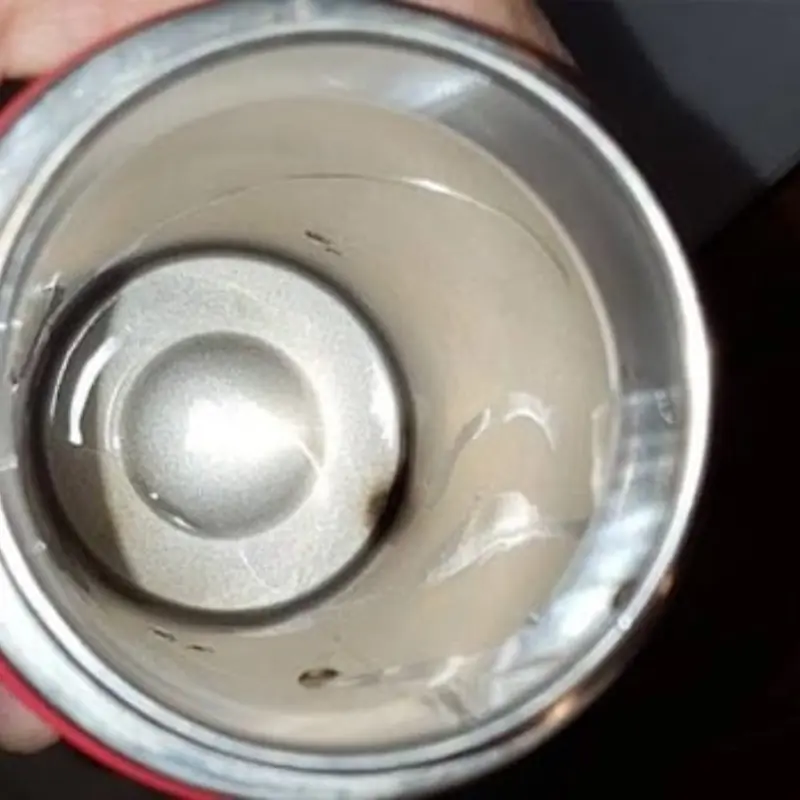
Warning: The Cup Many People Use to Drink Water Every Day Is No Different from “Drinking Poison”
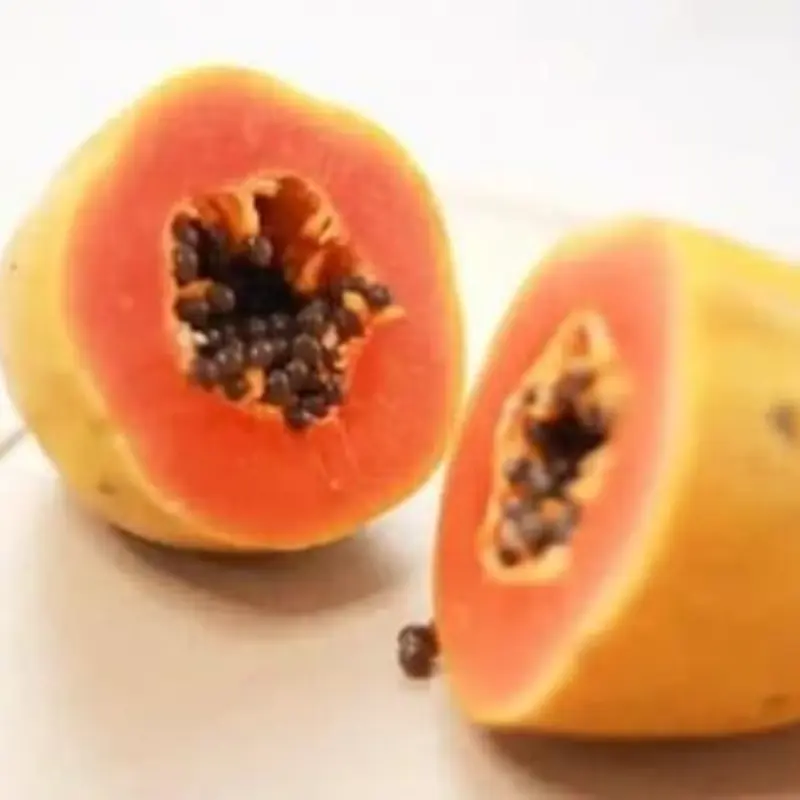
Eat These 5 Foods to Cleanse and Detox Effectively Every Day
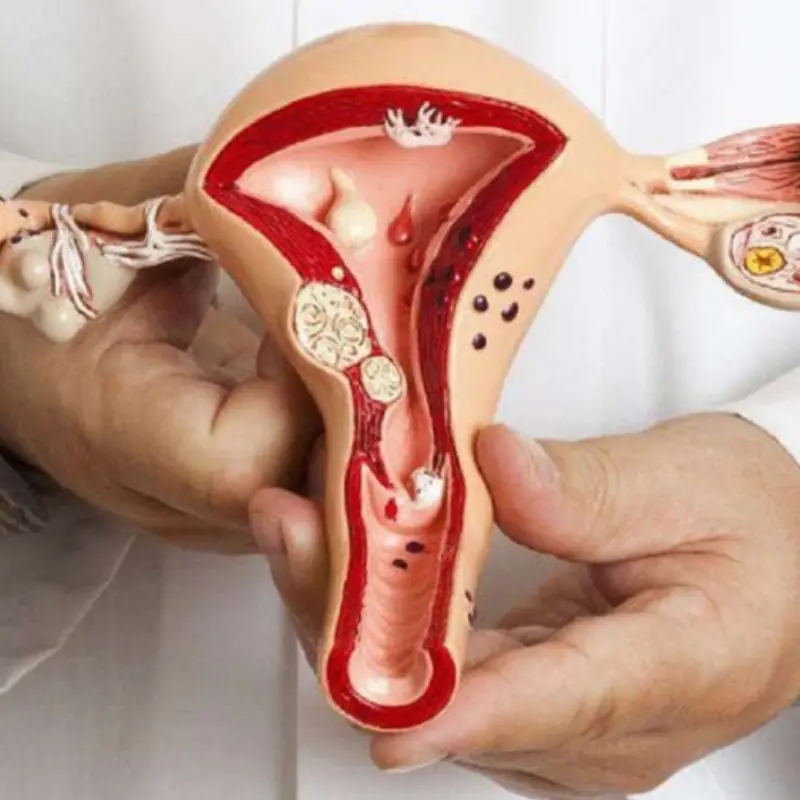
5 earliest signs of cer.vical can.cer: 90% of women tend to ignore them

Women Who Frequently Eat These 5 Foods May Be Harming Their Uterus and Feeding Cancer Cells Without Knowing It

3 Calcium-Rich Vegetables That Are Almost Pesticide-Free

Why do 99% of cats sleep on their left side?

Sweet fish with few bones, better than salmon, delicious like rare fish: Whenever you see it at the market, you have to buy it immediately
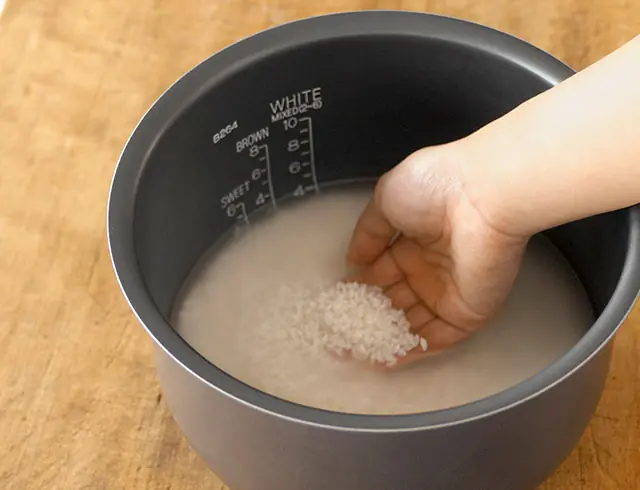
3 mistakes when washing rice that many people make because of "convenience" that poi.son the whole family
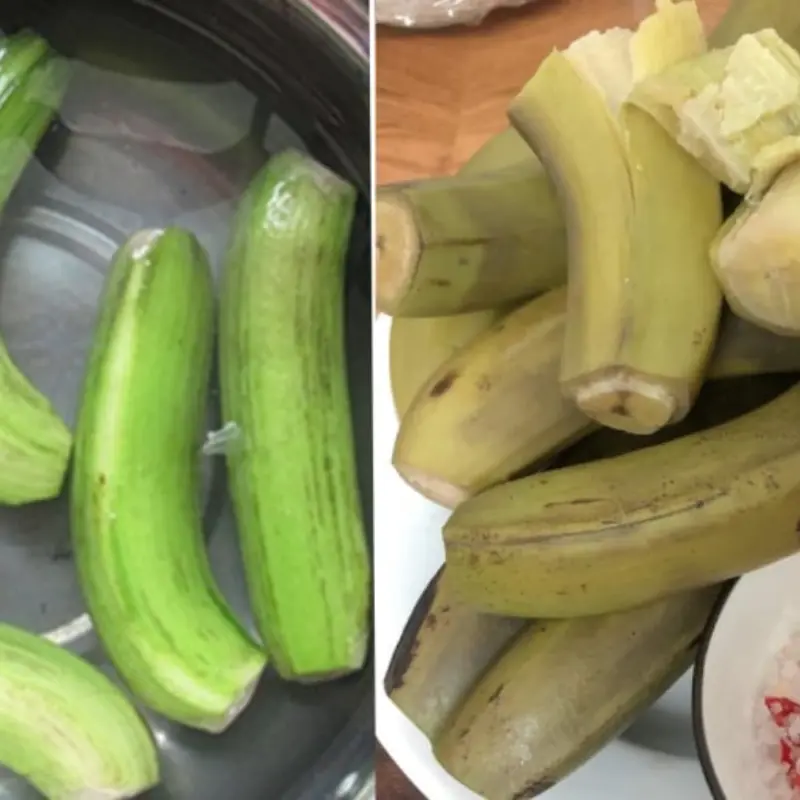
Eating Boiled Green Bananas Regularly Offers 6 Amazing Benefits

4 types of "pesticide-free" fruits and vegetables that are as nutritious as ginseng
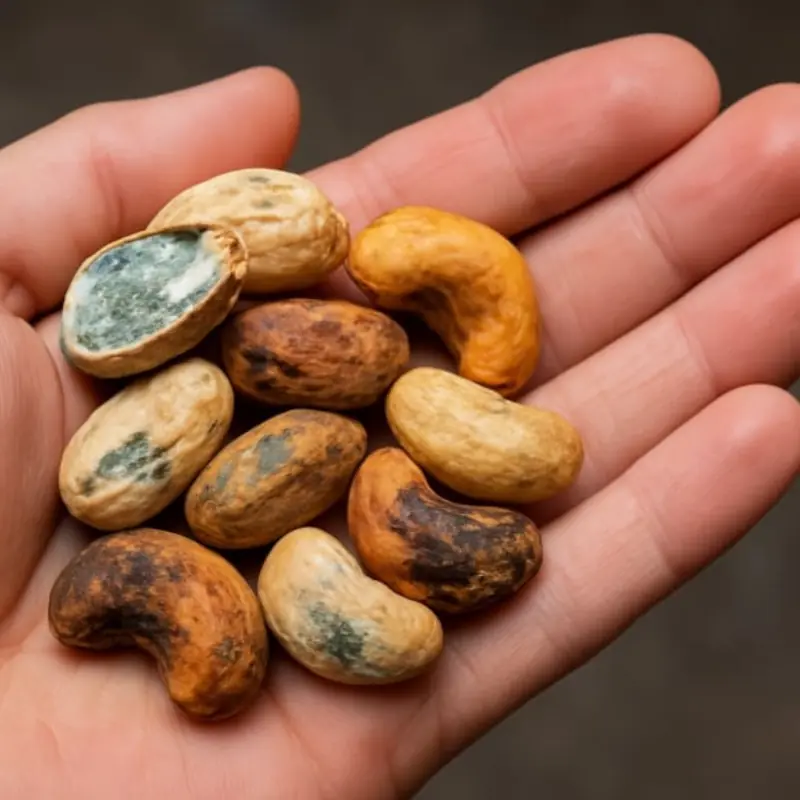
4 Types of Nuts That Seem Healthy but Are Actually Toxic

4 types of vegetables are full of parasites but many people still eat them raw every day

If You See These 7 Types of Fish at the Market, Buy Them Immediately

The Benefits of Polyscias Root Water: 3 Groups of People Should Avoid It
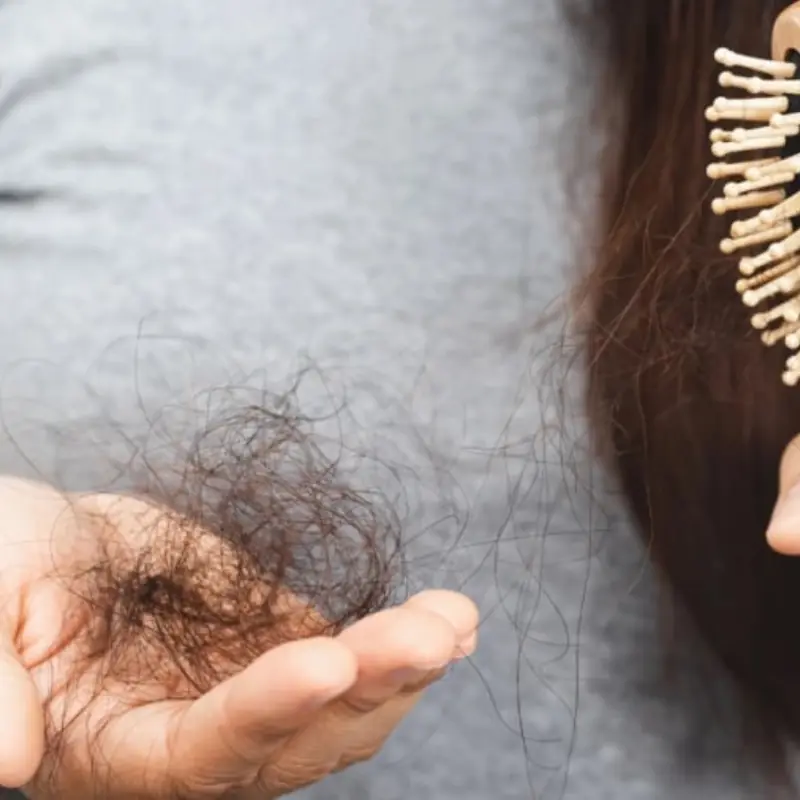
The More You Eat These 5 Types of Food, the More Hair You Lose

The 'Golden' Food That Effectively Fights Can.cer
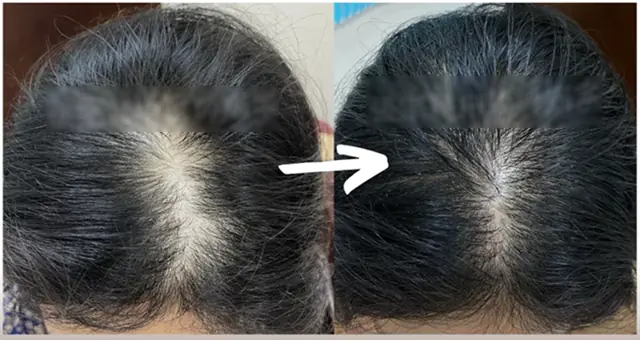
To Prevent Hair Loss and Stimulate Hair Growth, Avoid These Habits
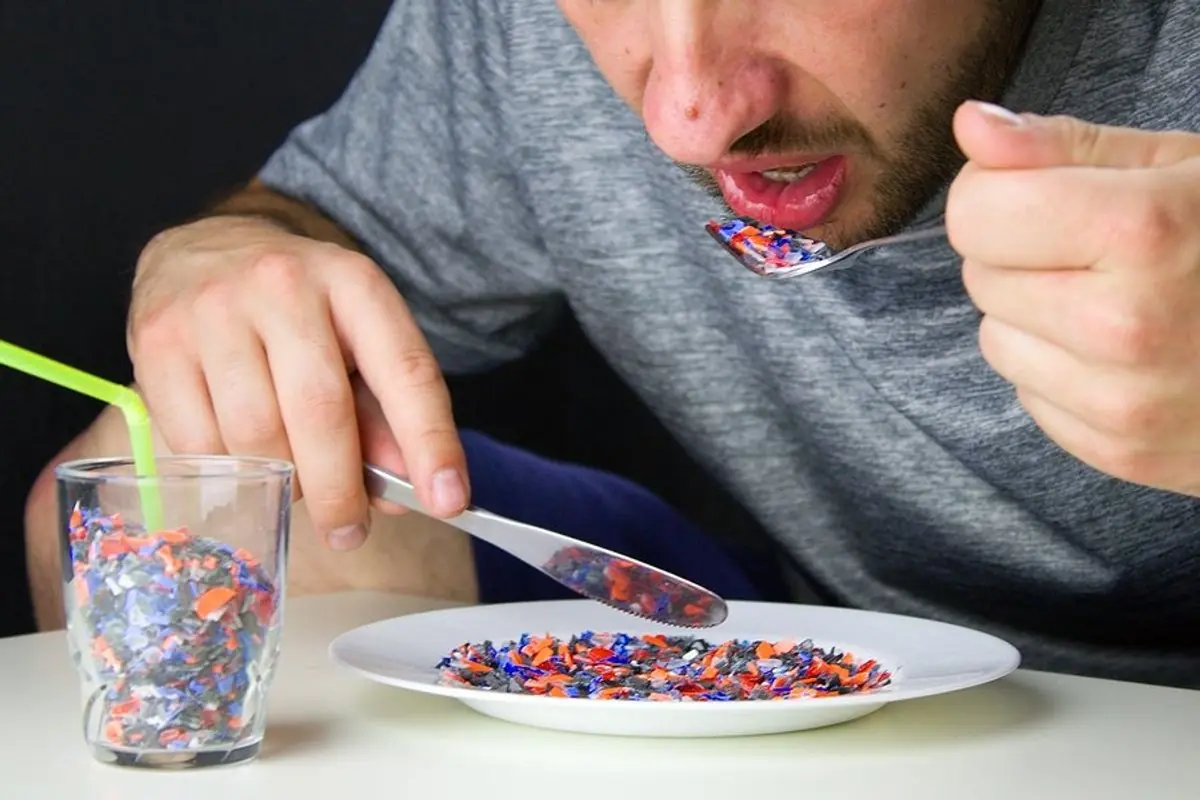
Food contains more than a thousand microplastic particles, 45 times more than bottled water
News Post
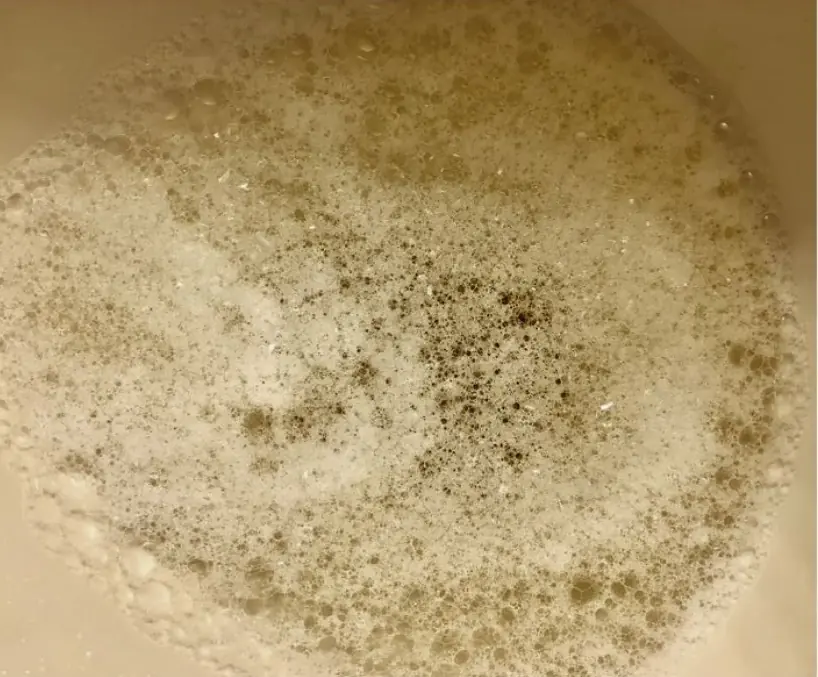
6 Bodily Changes That Are “SOS Signals” From Your Kid.neys Before Can.cer
Health 26/07/2025 01:35
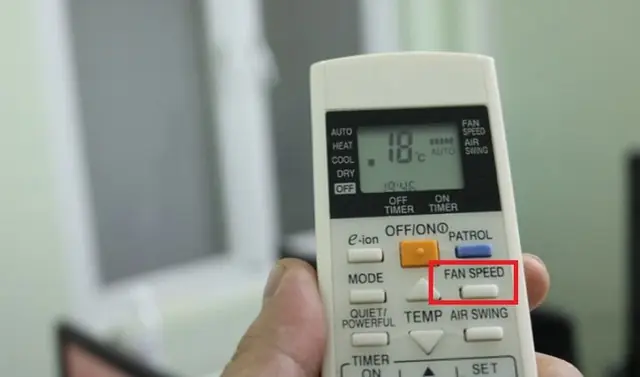
Does Using Strong Fan Mode on the Air Conditioner Consume More Electricity?
Tips 26/07/2025 01:20
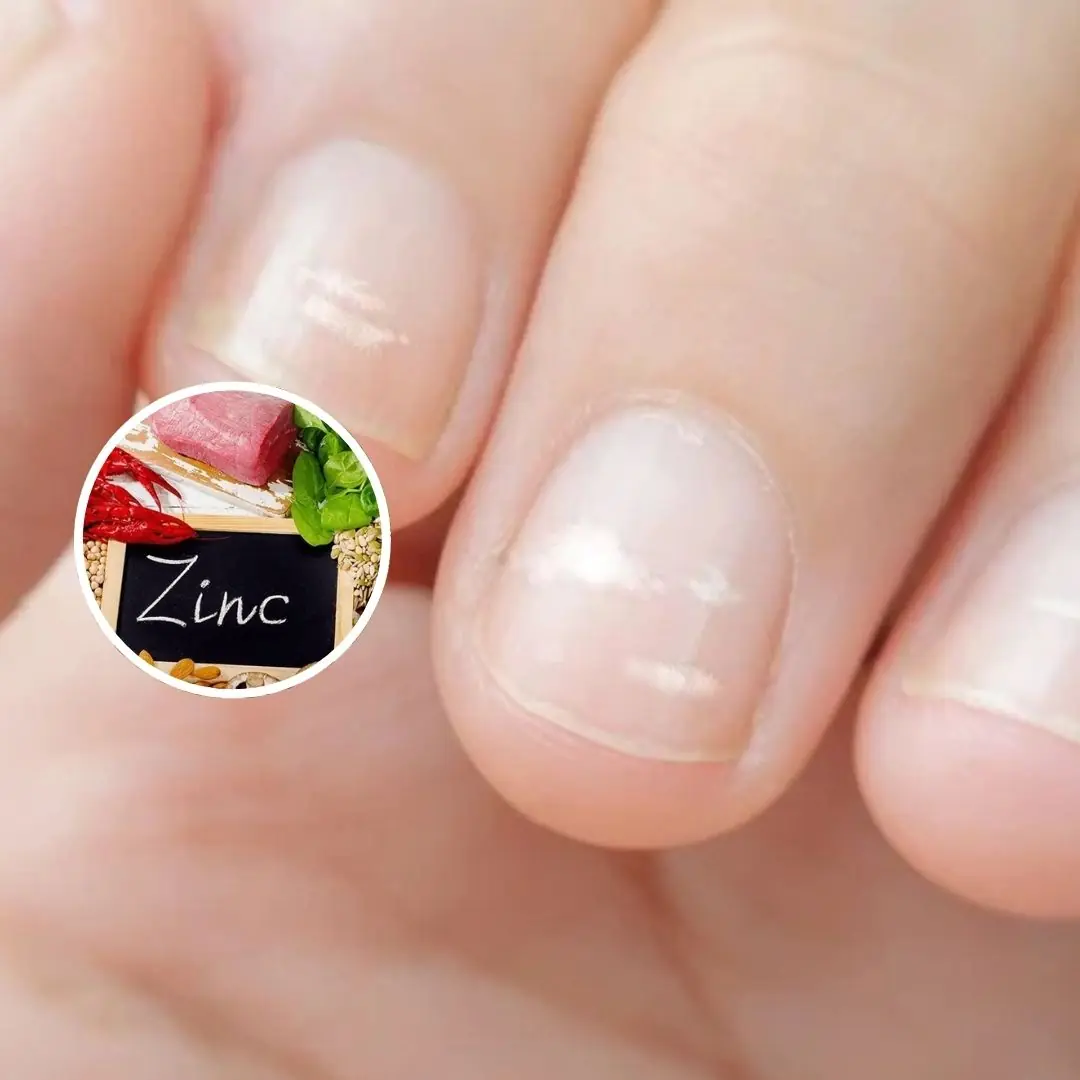
Your Body Might Be Low on Zinc — Here Are 6 Signs to Watch For
Health 25/07/2025 11:41
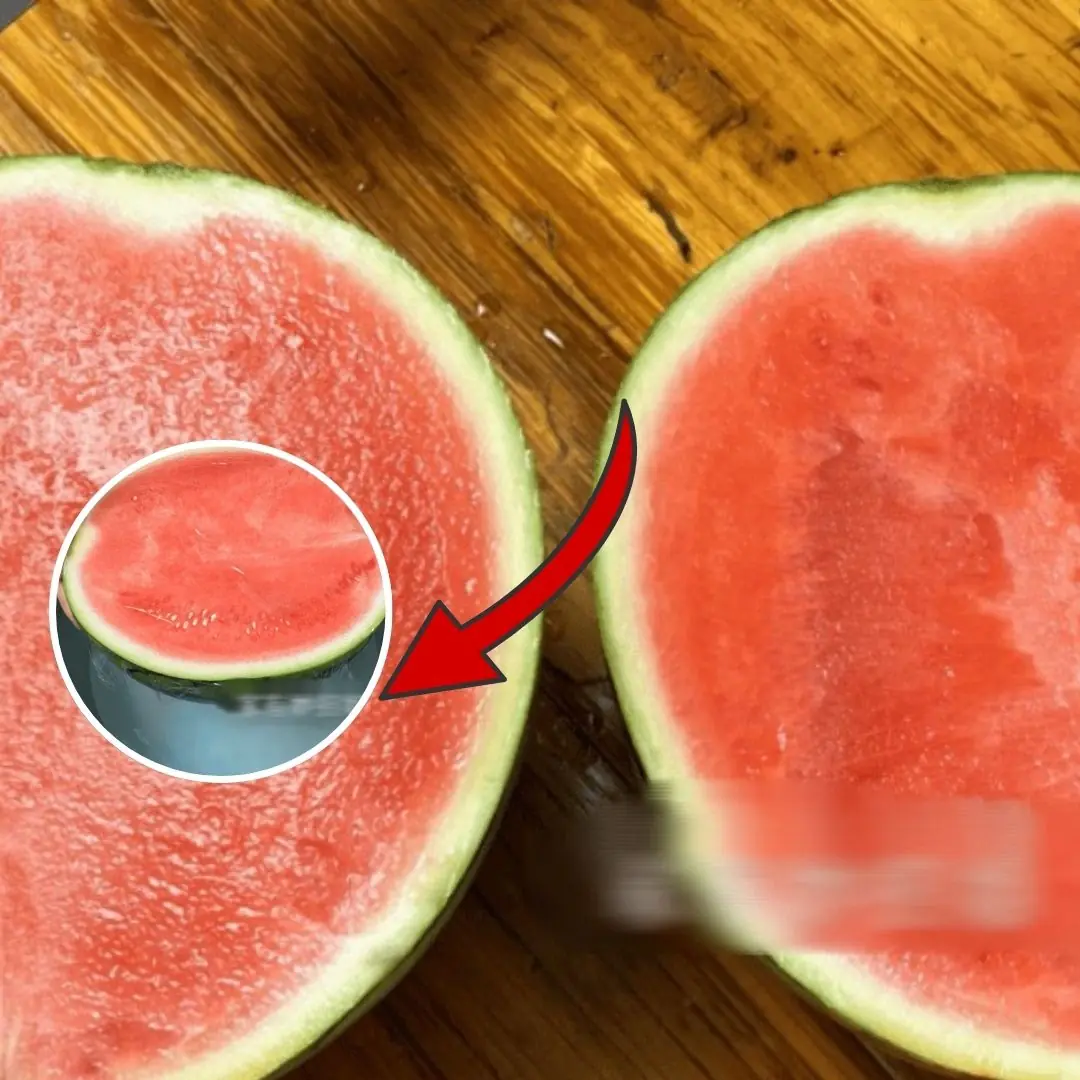
Leftover watermelon in the fridge is not necessarily safe – if not done properly, the risk of bacterial contamination is very high!
Tips 25/07/2025 11:13

Woman gets brain infection after eating refrigerated watermelon
Health 25/07/2025 09:40
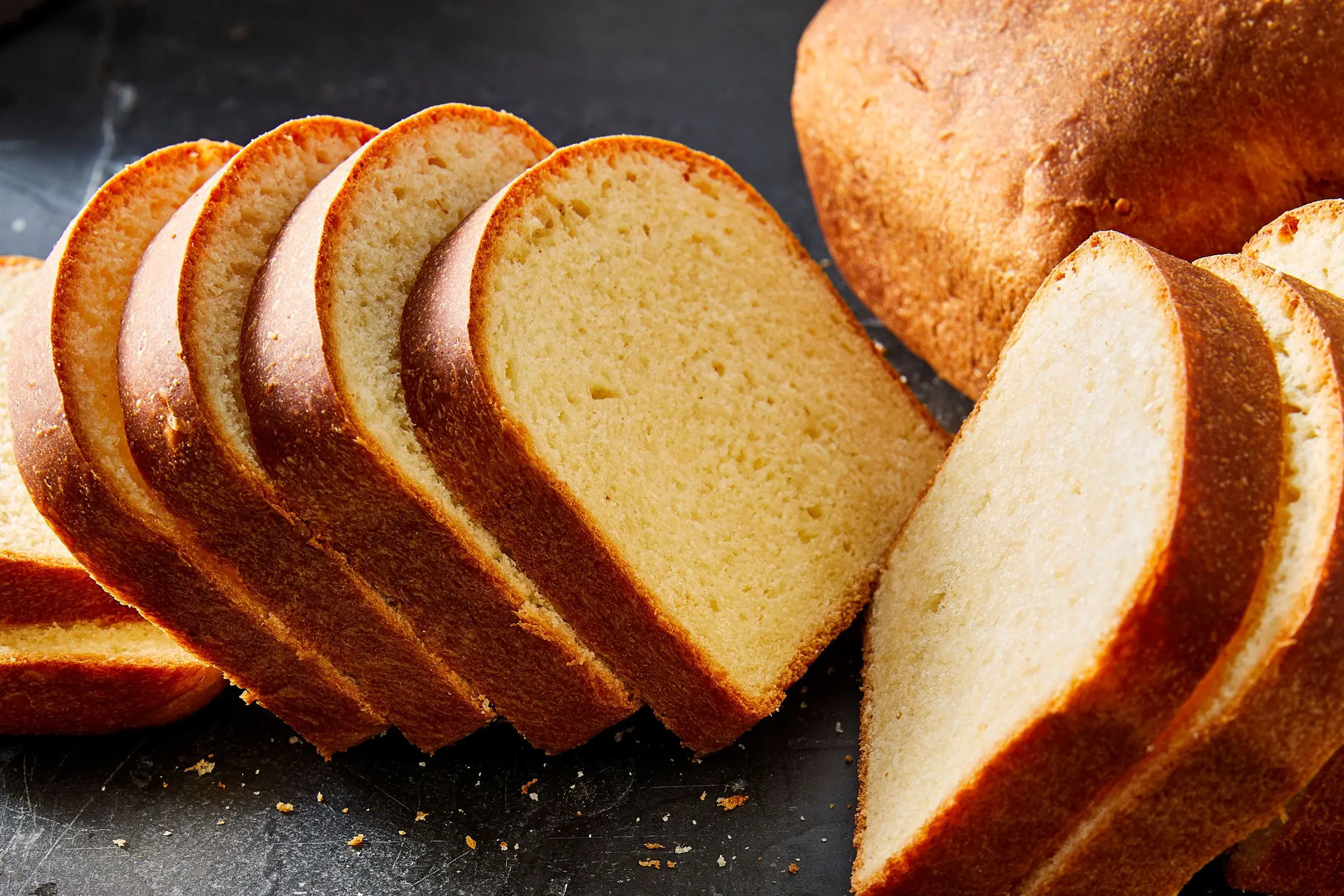
Bread May Be Delicious, But These 5 Groups Should Limit It
Health 25/07/2025 00:57

The Surprising Benefits of Ginger Peel
Tips 25/07/2025 00:43

Identifying the “Switch” That Reduces Can.cer Cell Survival by 53%
Health 25/07/2025 00:33

Just 3 Minutes in the Morning: This Simple Test Can Reveal Hidden He.art Disease
Health 24/07/2025 18:43
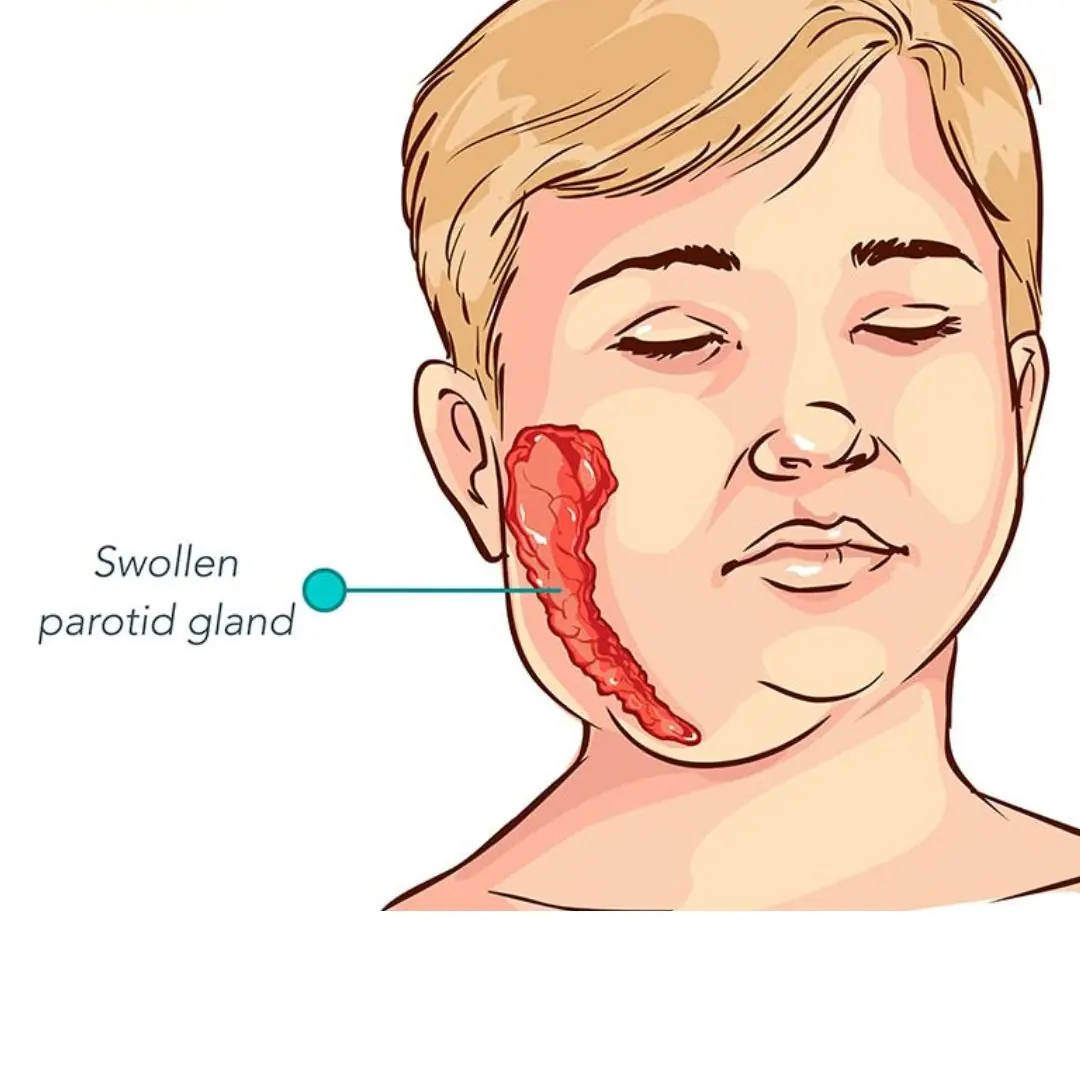
Does mumps in men affect reproductive health?
Health 24/07/2025 14:56
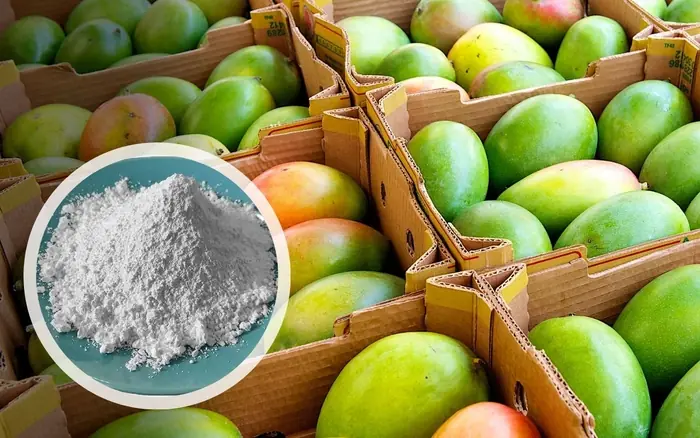
3 Types of Fruit Can.cer Cells “Love”
Health 24/07/2025 13:12

How to remove phlegm and mucus from chest and throat
Health 24/07/2025 11:08

Thy.roid Can.cer Is a Silent Threat: 6 Groups of People Are at Higher Risk and Must Be Cautious
Facts 24/07/2025 00:30
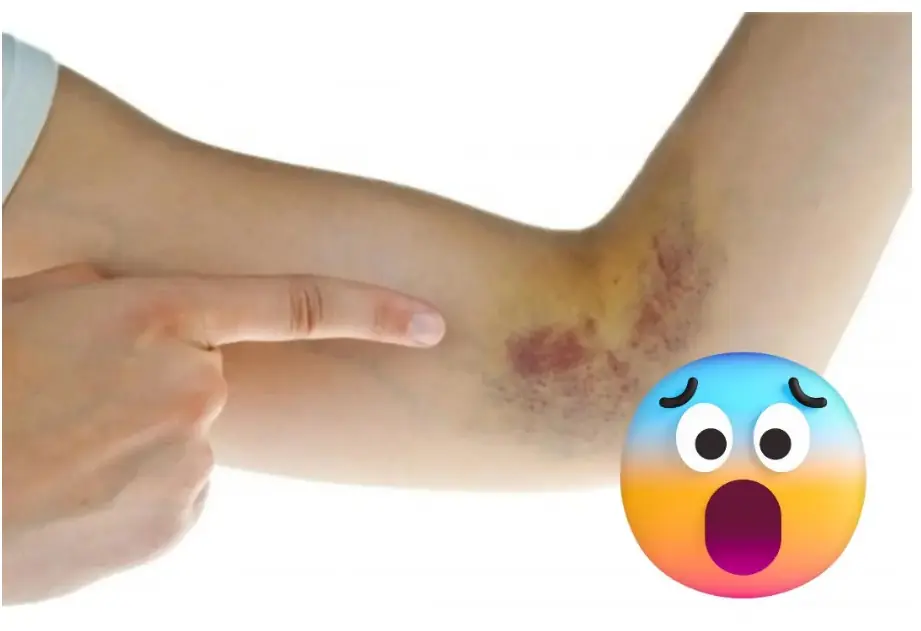
Simple signs to immediately recognize leukemia that you may never notice
Health 23/07/2025 23:50

Warning: The Cup Many People Use to Drink Water Every Day Is No Different from “Drinking Poison”
Facts 23/07/2025 23:02

Eat These 5 Foods to Cleanse and Detox Effectively Every Day
Facts 23/07/2025 22:53

5 earliest signs of cer.vical can.cer: 90% of women tend to ignore them
Facts 23/07/2025 21:10

Women Who Frequently Eat These 5 Foods May Be Harming Their Uterus and Feeding Cancer Cells Without Knowing It
Facts 23/07/2025 21:03

3 Calcium-Rich Vegetables That Are Almost Pesticide-Free
Facts 23/07/2025 19:53